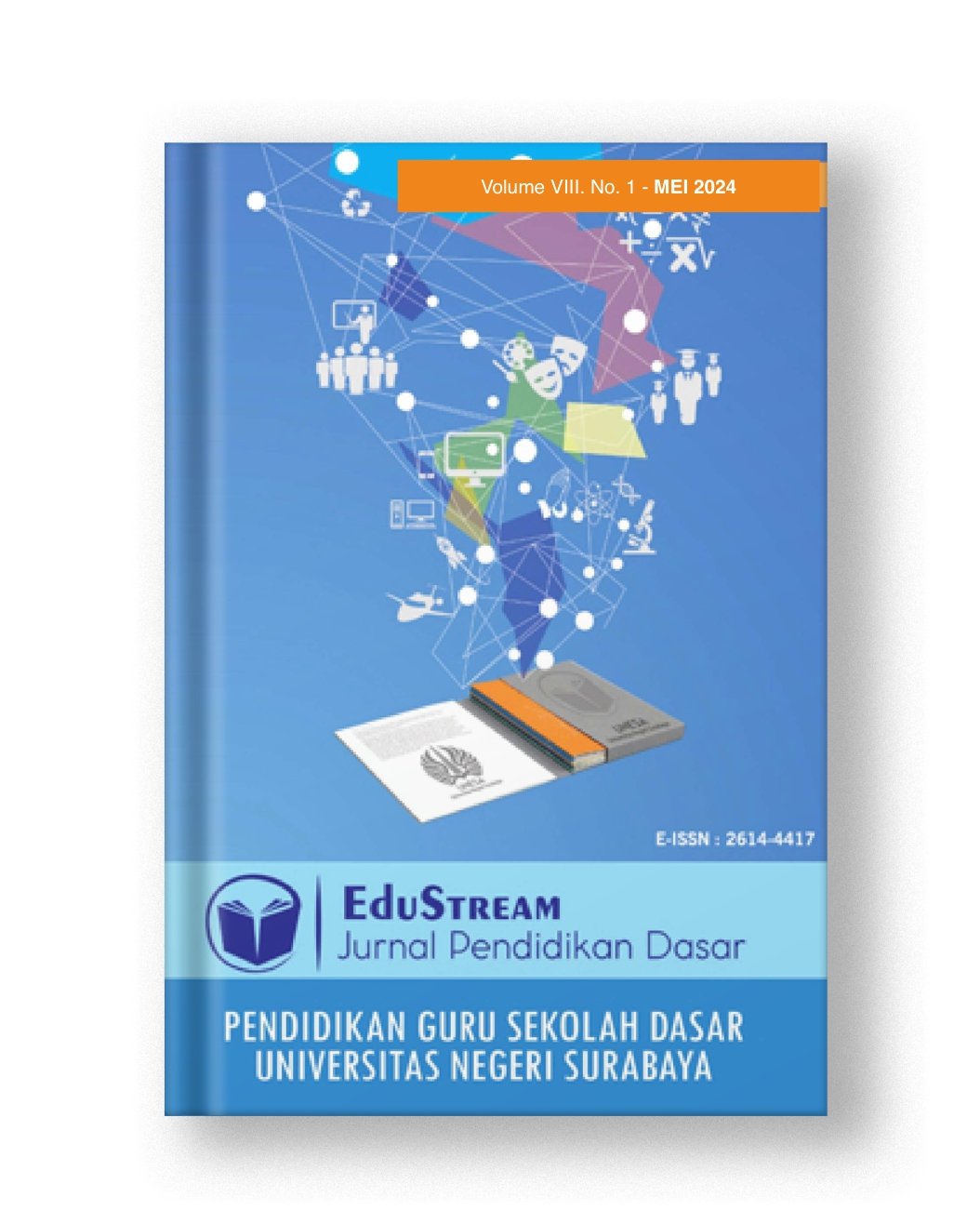NEEDS ANALYSIS FOR DEVELOPING CROSSWORD-BASED ELEMENTARY SCHOOL SOCIAL SCIENCE LEARNING ASSESSMENT INSTRUMENTS
DOI:
https://doi.org/10.26740/eds.v8n1.p83-91Keywords:
Instrumen Penilaian, Pembelajaran IPS, Budaya Daerahku, Crossword.Abstract
The aim of this research is to develop a social studies learning assessment instrument based on my local cultural material for el The importance of this research is that in elementary schools, teachers apply conventional learning so that the teaching and learning process is not effective and efficient. The use of print media-based assessment instruments makes students less enthusiastic about learning so that students' social studies learning outcomes are low. Initial research in this research was used to capture the needs of the tools needed by teachers and students. ementary school students based on Corsword that is effective and suitable for use in learning. The method used in this research is research & development (R & D) with the ADDIE model which is carried out in several stages, namely analysis, design, development, implementation and evaluation. The data is analyzed interactively and effectiveness tests are carried out to obtain the empirical benefits of the tool in the field. Research development on the products produced is carried out through expert judgment by instrument experts, media experts and stakeholders (teachers as users). The results of the research show that the development of a social studies learning assessment instrument based on my regional culture material for elementary school students based on Corssword is very valid and effective so it is suitable for use in the learning process.
Downloads
Published
How to Cite
Issue
Section
License
Authors who publish with this journal agree to the following terms :
The articles published in this journal are protected by copyright. The copyright remains with the authors of the articles, but the publishing license is held by Universitas Negeri Surabaya as the journal manager. This license, Creative Commons Attribution-ShareAlike (CC BY-SA), allows readers to copy, distribute, and adapt the work, provided that proper attribution is given to the original author and any modified work is published under the same license. This license grants the freedom to use the work both commercially and non-commercially, as long as it adheres to the terms outlined in the license.
 Abstract views: 225
,
Abstract views: 225
, PDF Downloads: 279
PDF Downloads: 279

















